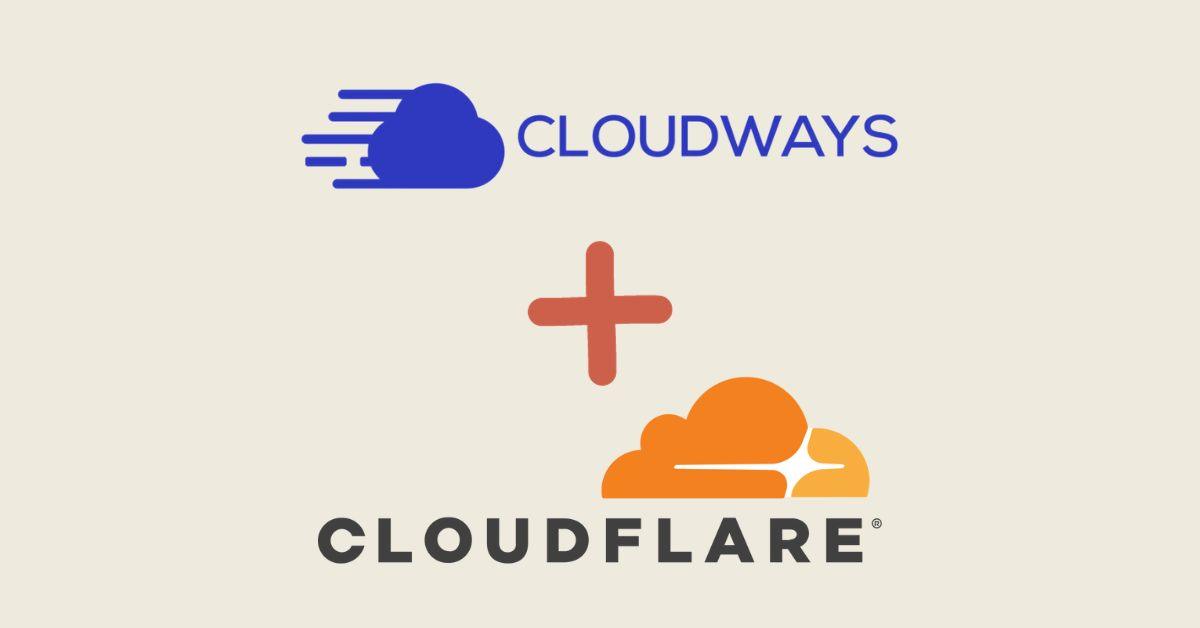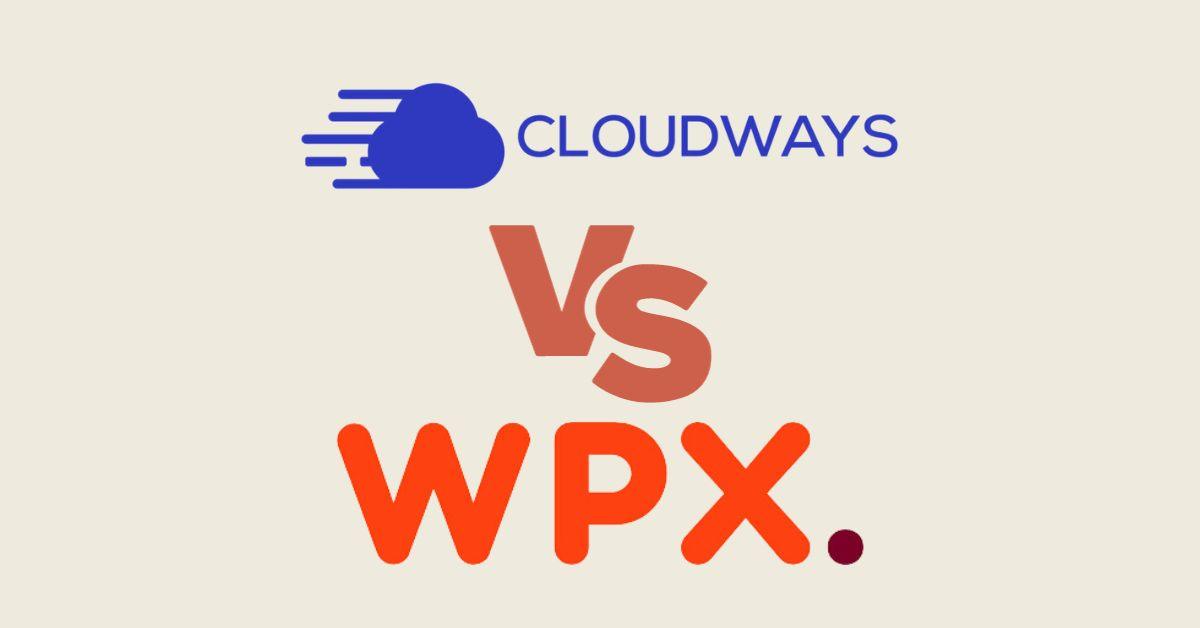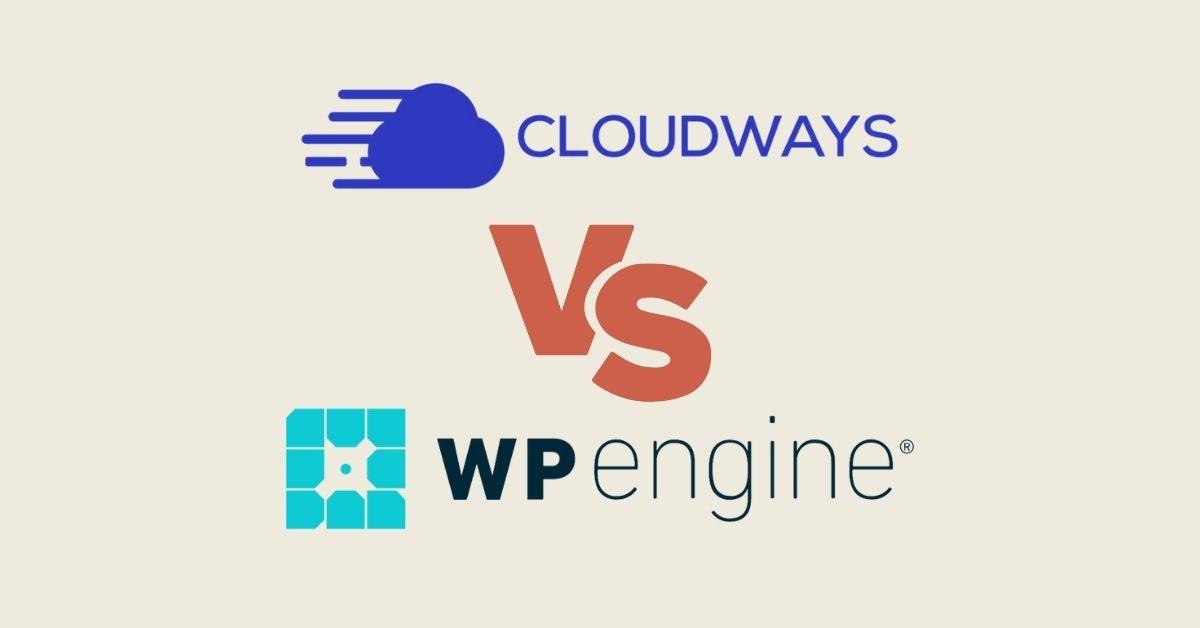Pinterest is an excellent social media tool for blog marketing. You can create pin boards that are relevant to niche audiences and pin images to those pin boards for each blog post that you publish. Each pin creates a new entry point to your blog, which means more potential traffic to your blog.
The more you follow the tips to use Pinterest for blog promotion, the more successful you’ll be at driving traffic to your blog from Pinterest, but before you start pinning, consider your goals for your blog and for each blog post.
What value does the pin and blog post provide to your target audience?
Is the pin an appropriate representation of your blog’s brand?
Will this pin attract the right audience to your blog?
Will they be delighted or disappointed in the content they find on your blog after clicking on your pin?
In simplest terms, your pins should be visually appealing, include a useful description, and be relevant to your audience.
Follow the tips below to create awesome pin images to promote your blog on Pinterest:
Visually Appealing Images
Use high-quality, visually-appealing images that grab the attention of users and showcase your content in the best possible light
High-quality, visually-appealing images can be among the most powerful tools available to content creators and marketers. In today’s highly competitive digital marketplace, using the right images can be a great way to stand out from the crowd and grab users’ attention. Images can be used to showcase your content in the best possible light and demonstrate the value that your content can provide.
Using high-quality, visually-appealing images is about much more than the aesthetics of your content, however. It’s about creating an emotional connection between the actual content and the user. In other words, good images will lead to positive user experiences, whereas bad images could have the opposite effect.
Therefore, it’s important to choose your images carefully. Quality should always be the number one factor when selecting images, as low-quality images won’t do your content justice. That said, you should also consider how certain images may appear to the viewer – in other words, consider the potential emotional impact of your images. Generally speaking, images that evoke a positive emotional response are preferable to those that evoke a negative response.
When selecting images, it’s also important to take into account the type of content that you’re creating. For example, if you’re creating a website, you may want to opt for images that give users a sense of familiarity and help to create a positive first impression. On the other hand, if you’re creating content for a print publication, then you may want to consider illustrations or other art forms that can be scaled up and down to meet the size requirements of the publication.
You should also be aware of any relevant copyright laws when selecting and using images. This can help ensure that you’re not infringing on anyone else’s intellectual property rights, and that you’re properly attributing the creators of the images you use.
Finally, an important part of creating high-quality, visually-appealing images is to use the right tools and software. There are a variety of options available for creating, editing, and optimizing your images for the web. For example, Adobe Photoshop is arguably the most popular image-editing software on the market and can be used to produce amazing results. Additionally, there are various online tools such as Canva or Venngage that are designed to make it easier for users to create attractive images.
In summary, using high-quality, visually-appealing images can have a positive impact on your content’s engagement and success. When selecting images, it’s important to consider quality, emotional impact, and the type of content that you’re creating. Furthermore, you should be aware of any relevant copyright laws, and use the right tools and software to create and edit your images. Ultimately, high-quality, visually-appealing images can help showcase your content in the best possible light and help you gain an edge in the competitive digital marketplace.
Keywords and Hashtags
If you want to reach more people with your pins, target more potential customers and improve your search engine visibility, you need to use keywords and hashtags in your pin descriptions and titles. Keywords and hashtags can help users to quickly find the content they are looking for and improve your search engine visibility by optimizing the content of your pins to be picked up by search engines.
Using keywords in your titles and descriptions will help your pins stand out from the crowd. When people are searching for a specific topic, they usually include keywords in their search query. The keywords you choose should focus on the topic and be relevant to your content. For example, if you’re writing about photography, use terms like “photography tips”, “photo editing”, or “DSLR”.
Including hashtags in your pin titles and descriptions is also a great way to make your pins more accessible to potential customers. Hashtags are a great way to group related content, so you can use them to make your pins easier to find through searches. For example, if you’re writing a post about travel photography, you could include hashtags like #traveldiary or #travelphotography.
It’s important not to stuff your pin titles and descriptions with too many keywords or hashtags. The goal is to get your content seen by your target audience, so focus on using only relevant and popular keywords and hashtags.
Using keywords and hashtags in your pins can also help improve your search engine visibility. When search engine algorithms crawl the web, they look for content that contains the relevant keywords and phrases. If your pin titles and descriptions contain those terms, your content is more likely to appear higher in search engine results.
Finally, you need to keep in mind that keywords and hashtags are only effective if you use them properly. Make sure to do some research to find popular and relevant keywords and hashtags that are related to your content. Also, keep your pin titles and descriptions concise, avoiding long strings of words or phrases.
In summary, by including keywords and hashtags in your pin titles and descriptions, you can help users find your content and improve your search engine visibility. Doing this correctly requires careful optimization and research, but the reward of reaching more potential customers is certainly worth the effort.
CTAs
Having a presence on Pinterest can be a great way to promote your website and build brand awareness, but getting users to actually click through to it can be easier said than done. One way to increase the click-through rate of your pinned content is to include a call to action in your pins, such as “Read More” or “Visit Our Blog.” By including these types of calls to action in your Pinterest pins, you can help to draw users in and encourage them to click through to your website.
In order to make your pins more enticing and encourage users to click through to your website, there are a few things you can do. First, you’ll want to ensure that you are creating attractive, eye-catching images that draw people in and make them want to learn more. This could be a vibrant photograph or a graphical image that conveys your message. Once you have the aesthetics down, you’ll want to make sure that your pins are optimized for mobile. Since many people use Pinterest on their phones, designing for mobile is key in order to ensure that your pins are seen and clicked on.
Once you have your pins looking great and optimized for mobile, it’s time to draw users in by adding a call to action. This could be something as simple as “Read More” or “Visit Our Blog”. These types of calls to action allow users to understand the purpose of your pins more quickly and help to direct them to the next step in their journey. They are also far more actionable than more generic calls to action such as “Learn More” which don’t really tell users what they should do.
Including a call to action in your pins can be especially beneficial on newer pins. These are pins that are likely to be seen by a larger audience and attract more attention, so having an actionable call to action can make all the difference in terms of engagement. Pins that don’t have a call to action are likely to be far less effective, as users won’t know what their next step should be.
When adding a call to action to your pins, it’s also important to ensure that you are using the right words and a consistent style throughout. This will help to ensure that your pins look professional and that users understand what to expect when clicking through. It’s also a good idea to include a link to your website in the pin so that users can click through more easily.
Having a call to action in your Pinterest pins can be a great way to increase the click-through rate and engagement of your content. By including an actionable call to action, such as “Read More” or “Visit Our Blog”, you can help to draw users in and direct them to your website. By optimizing your pins for mobile and ensuring that they look attractive and professional, you can also increase the likelihood that more people will click through to your website. Taking the time to include a call to action in your pins can be a great way to drive more traffic to your website through Pinterest.
Pinterest Analytics
Analytics are an essential component of any successful Pinterest marketing strategy. As the platform matures and grows in popularity, it’s important to take advantage of the insights available through Pinterest analytics to better understand how to create pins and content that perform well.
Understanding what type of pins and content performs well on Pinterest can help you to maximize the impact of your marketing efforts. Through Pinterest analytics, you can gain an in-depth understanding of the demographic data of your audience, the performance of individual pins, and the best times to post.
To gain access to Pinterest analytics, the first step is to create a business profile on the platform. Not only are there additional features unlocked with business profiles, but they also provide access to knowledge panels and insights into your audience. Knowledge panels are in-depth profiles of your followers, containing their genders, ages, locations, and interests. This information can help you to create pins and content that your followers will respond to and engage with.
Additionally, you can use Pinterest analytics to track how well each of your pins perform. This can provide valuable insight into what type of content works best and can help you determine which pins to keep and which to delete or revise.
When you view your insights, you can also see what kind of content is performing well in your niche. This can give you an idea of what types of recipes, photographs, videos, and other content resonates with your followers.
Pinterest analytics also provides data on when your followers are most active and engaged. This can help you determine the best times to post so you can maximize the reach of your pins. Posting content when your followers are active can ensure that more people see your pins and may help you stand out in their feeds.
In addition to understanding how your content is performing, you can also use Pinterest analytics to monitor the performance of other businesses’ pins. This can provide you with insight into new trends and topics that you can use to inform your pin-creation and marketing strategies.
Understanding what types of pins and content are performing well on Pinterest, and how to optimize the timing of your posts, can help you create more effective pins and content that will result in higher engagement, more clicks, and more followers. By taking advantage of Pinterest analytics, you can maximize the impact of your marketing efforts and increase your success on the platform.
Pinterest Ads
Pinterest is a powerful marketing tool and can be used to great effect to promote pins and reach a larger audience. As with any marketing campaign, you will benefit from having a well-defined target audience, a clear strategy, and a budget in mind. But with Pinterest ads, you can go even further – you can target specific keywords, locations, and interests to ensure that your ads are seen by the right people.
Pinterest is a visually driven website, so it’s essential that you create compelling visuals that promote your pins. Images should be eye-catching, professional, and relevant to your target audience. You should also consider using interesting and informative captions to accompany the visuals, as this can help draw attention to your pins and make them more memorable.
Once you’ve created your visuals, you can start thinking about how to reach the right people. This is where Pinterest advertising comes in. You can use advanced demographic targeting to reach people in specific locations, with particular interests, and even by gender. You can also target specific keywords, so that your ad’s visibility is maximized.
You can also tailor your ads to different types of audiences by creating separate campaigns for each one. This allows you to refine your targeting strategy and optimize your budget. For example, you could create a campaign targeting people in a certain area who have an interest in a particular topic. You could also create another campaign aimed at people who have previously interacted with your pins by using behavioral retargeting.
You can then choose how you would like to pay for your ads. You can either opt for a cost-per-click (CPC) model, where you only pay for clicks on your ads, or a cost-per-impression (CPM) model, where you pay for each time your ad is viewed. Whichever you choose, you can also adjust your daily budget at any time to ensure that you are making the most of the money you are spending on your ads.
Using Pinterest ads is an effective way to promote your pins and reach a larger audience. You can target specific keywords and interests, as well as tailor your ads to different types of audiences, allowing you to make the most of your budget and optimize your results. With the right strategy, you can effectively reach and engage your target audience and drive more traffic to your pins.






